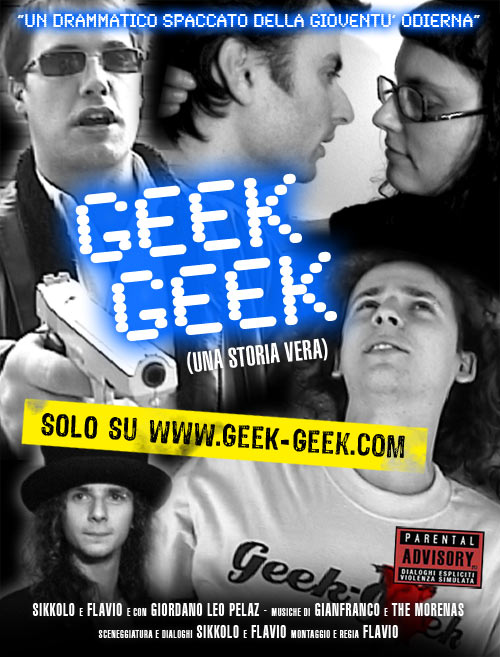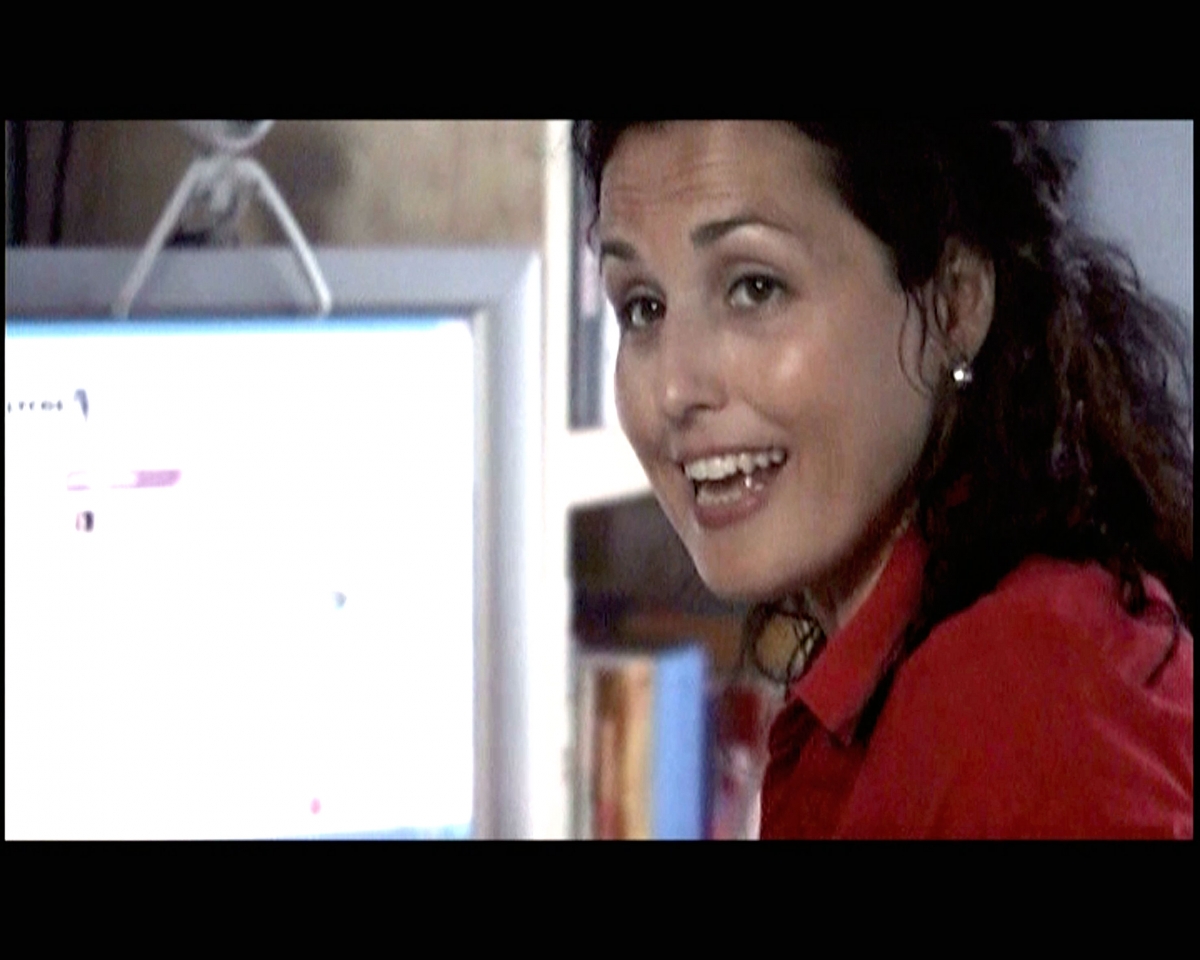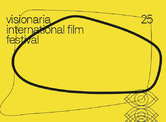DAILY LIFE IN WEB TIME
During the 60’s it used to say “private is politic”. We all hoped in huge changing and people worked for it. Everything was “ of the community”, public and in sharing. After the fights, the reactions come. That is the willingness, the historical need to come back in the domestic sphere. To meet only “few people, to find refuge in far cities or in the countryside.
But the idea “private is politic doesn’t change. It has evolved and acquired deep nuances and meanings. We can do Politic also in the every day life. Choosing to buy or not a product, choosing to drink natural water or not, choosing to use the car or the bicycle. Meanwhile the informatics technology has arrived in our houses, at work. Internet connection and the private dimension have connected with other endless private and public spaces. Just this connection has changed our perception of what is private instead of public.
Thanks also to this connection, the daily behaviours has acquired a common that is political value. Communication has become an essential and peculiar element of our time. The easiness to interact with people, places far each other, crossing time and spaces, has given the opportunity to express feelings and moods under new forms.
In this way, today is possible to become “Filmmaker” without moving from home, cheap and with auto irony. It is also possible to find love in chat. To perceive the urban space as something open and immaterial . It is possible to create a “second life” on the net. Everything in this case is “politic”.
The Collective Lucia has organised these three days of movies and meetings about” the daily life in the web époque”. It will be possible to watch images and to manage matters that the official media don’t, to show or describe with space is worth expliting.
Giacomo Verde Lu_CIA
24 october 2007 - Palazzo Appiani
Creative Nonprofessional

- screening of "Geek Geek 1 e 2"
-book: "Io? Come diventare videoblogger e non morire da spettatore" by Bruno Pellegrini, Luca Sossella editore, 2007
25 october 2007 - Palazzo Appiani
Falling in love chatting

- screening of "E l'amore?/ The perfect fit" by Piergiorgio Gay
26 october2007 - Palazzo Appiani
Immaterial Cities
- screenings:
ACCADEMIA DI BRERA BRERA ACADEMY – MILANO
Stefania Rossi • Periferico Periphereal Under Construction (2007), 11’12”
Antonio Salviani • web.trip.cam (2007), 8’20’’
Inkyung Hwang • Pulptime (2007), 4’32’’
NUOVA ACCADEMIA DI BELLE ARTI, NABA –MILANO
Riccardo Bernasconi • La città invisibile The invisibile city (2006), 9’22’’
Erik Lous Tvedt • Trilogy of the city: Envirormental Samples (2006), 3’04’’
Simona Duci, Roberto Bertelè • Insane (2005), 2’23’’
DESERT INTERIORS, FURNISHED OUTSIDES
Anthropology of the urban space in the young authors’ videos from the Academies of Milan
“Parisians do of the street an intérieur” Walter Benjamin wrote in his last, big unfinished work on Paris the capital of the XIX century.
In his revision of flâneur described by Poe, Baudelaire and other authors, the German philosopher could already gather in the thirty years of the XX century, the first germs of the transformation of relationships between urban space and social behaviours which would have taken Situationists to theorize few decades later the “psycho geography”, and Ballard to trace the ambiguous ties among urban geographies, technologies and mood.
And today? Of the flâneur what does it remains today, in the wired and innervated from the nets wireless city, in the city defined by Manuel Castells as intersection between “spaces of the places” and “spaces of the flows”? They tell to us, with a plurality of looks and novelistic or anti novelistic constructions, some young authors who study in the departments of technological and medium art of two Milan academies, the historical Academy of Brera and the New Academy of Fine Arts (NABA).
Images of these videos show us a radical transfer of the human subject in the urban and geographic space. The anthrop of the space here it is an already acquired datum, so it can do completely without than the human presence in case admired as far as a mysterious presence and perceptively as problematic (as in Stefania Rossi’s video), or only registered in his graphic abstraction effects ( as in Simona Duci and Roberto Bertelè’s delicious and racking work). “The streets?” It is always Benjamin which speaks in 1934-35, “are the collective habitations”, this “being always restless, always in movement, that is alive between the palace walls, tests, knows and invents as much as the individuals to the shelter of the four house walls”. The Benjamin’s collective, in the first decade of the XXI century, has sunk and seems unrecognizable, maybe lost for ever.
The images we present you offer us the tracks and the ambiguous presences in the interstices of the new urban spaces, between the waves and the bundles of net cables in the action to leave the obsolete physical spaces for perhaps to sink in Second Life, perhaps in some esoteric chat. But always on the point to re-emerge, always on the point to connote the inhabited space with new restlessness and old emotions.
Antonio Caronia









